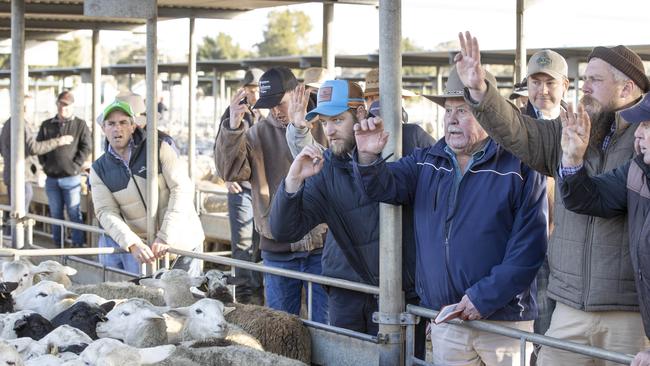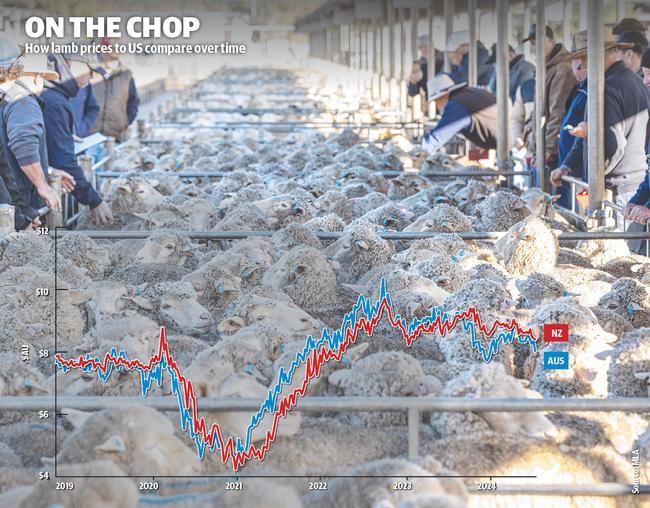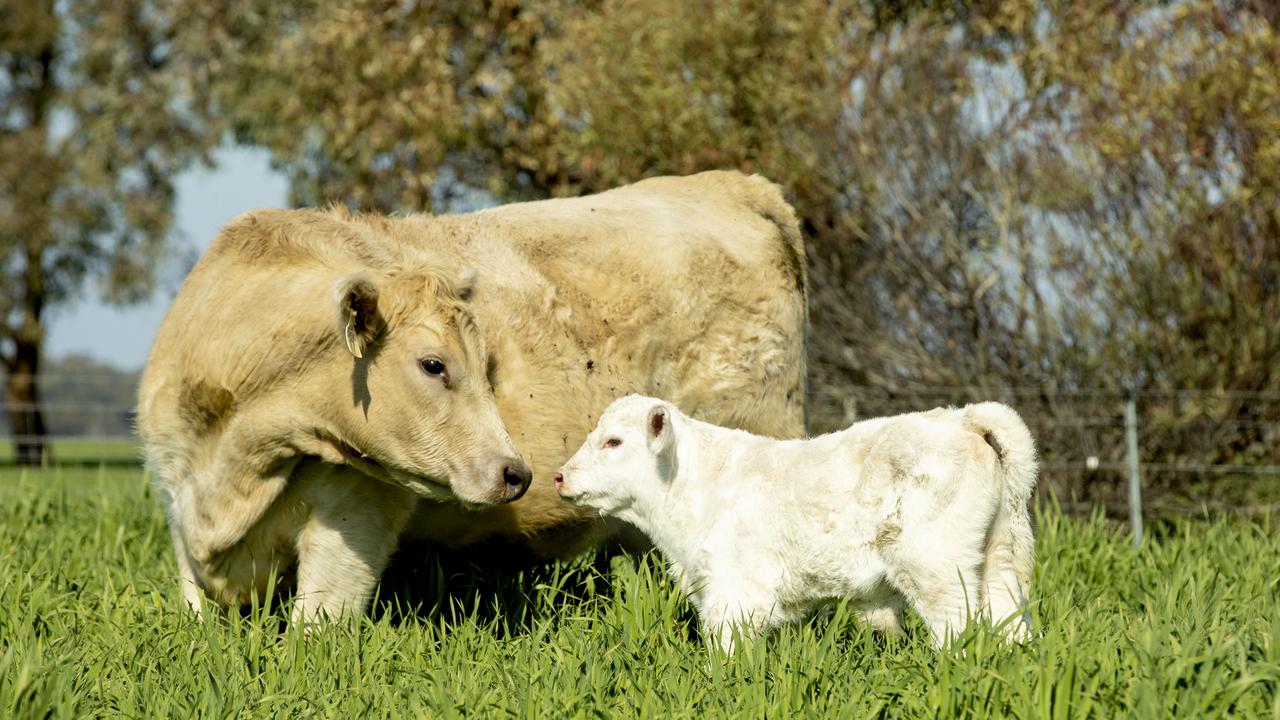Lamb prices can’t sustain 900c/kg at current export market price
Meat processors are claiming lamb prices are too high, and this time they could be right. See why.

The physical lamb market can’t sustain more than 900c/kg when the average sell price into the United States export market is tracking at around 800c/kg.
While claims from meat processors of livestock prices being too high always need some fact checking, in the case of the current lamb market the argument appears valid when viewed alongside export values and all the rhetoric around weaker economies, the rising cost of living and a pull back in consumer spending.
And when you consider how quickly buyers and processors reacted to saleyard prices rising into the realm of $9/kg to $10/kg for the best quality slaughter stock a week ago – and what has happened in the past when prices hit these levels – it could be argued that the market has never really been in a position to sustain a run at that sort of money.
The national saleyard indicator for heavy lambs officially hit 900c/kg carcass weight last Wednesday after sales like Ballarat reached $356. The average for 30kg export lambs at Ballarat on Tuesday a week ago was $330 at a quote of 975c/kg by the National Livestock Reporting Service.

Just 48-hours later and the willingness of processors to chase the market to any cost was effectively over, one buyer telling The Weekly Times they had been given a “hell of a pull through” by bosses and directed not to go to that extreme.
Another buyer described the lambs purchased in the past week as being a “guts ache” to processors in terms of cost versus re-sale price. Decisions were made and reports suggest several processors started to reduce production and kill shifts.
A meat wholesaler said the price rises across July had been too quick and dramatic for them to be able to effectively pass-it onto customers.
So when numbers started rolling into the auction system as farmers started chasing the market, the pull back in price was swift. At Wagga Wagga last Thursday a big July yarding of 49,400 lambs sold at rates $10 to $20 cheaper.
Within three trading days the national saleyard price for heavy lambs had gone from 900c/kg down to 860c/kg, and will go lower in coming days amid quotes of 760-860c/kg for a lot of crossbred lambs sold on Monday this week.
Data shows the shift in supply and demand dynamics. The supply of lambs in the auction system increased by nearly 30,000 head to 298,737 lambs last week, according to Erin Lukey, senior market analyst for Meat and Livestock Australia.

At the same time lamb slaughter dropped by nearly 21,000 back to 450,982. Add to this a drop in sheep slaughter and production levels declined by a total of more than 60,000.
It was in the September of 2021 when heavy lamb prices hit their all time monthly high average of 953c/kg.
But like the current market, it wasn’t sustained for long. Historical data shows that by October of that year the average price had dropped 40c/kg, by November another 40c/kg, and the declines continued down to an average of 740c/kg by the April of 2023.
The graph on this page shows the blended price average for major cuts of lambs being exported to the US, and should be viewed as a trendline to show the strength of the market. The latest data shows a slight downturn to an indicative average of 803c/kg, which is one of the lowest price points recorded in the past two years.
Feedback indicates the US lamb market is under pressure from tighter consumer spending, particularly as key items such as racks are reliant on the restaurant trade.
When Australian lamb prices are tracked against this US lamb cut indicator, there is some anomalies which are influenced by season and supply. For example when the Australian lamb price was at a record high of 953c/kg in September of 2021 when the flock was being rebuilt after drought the market into the US was trending at just 736c/kg. But as outlined above, the discrepancy didn’t last for long.
In the past two years the lamb market has generally been tracking between 600c/kg to 800c/kg, to create a margin of 100c/kg to 200c/kg between where US import values were tracking.
The bottom line is there is little market data to support an argument that lamb prices could sustain rates above 900c/kg, with even 800c/kg questionable based on where US values are trending.




